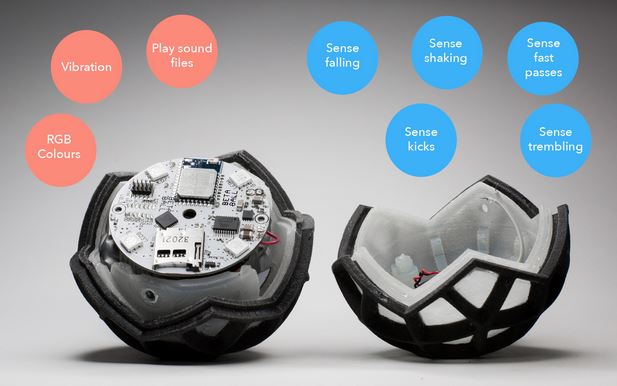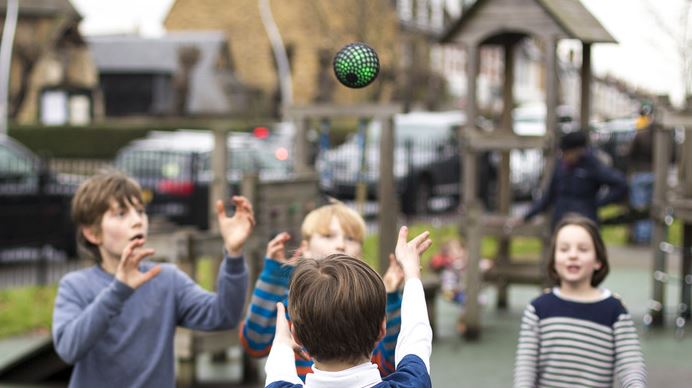- Back to Home »
- Hackaball : Programmable Toy that Teaches How to Code
Posted by : Join Security
Wednesday, 11 March 2015

Could a toy teach coding? Are we moving towards having Programming Languages in Kindergarten?
Technology has advanced at every level. Now geeks are targeting the very roots of society. Different toys have been helping children learn basics. Abacus teaching mathematics; digital toys teaching alphabets and of course building blocks. It is certainly tough to describe generations of toys from Rubik’s cube to Hackaball. Hackaball is a smart toy which teaches kids of age group 6 to 10 to invent, program and play games using an iPad app.
Hackaball started as an intern project focused on providing children a different way of understanding technology. Later they tested with seven prototype Hackaballs and a hundred children and parents. The exciting response from kids encouraged the developers to improve and bring Hackaball into the tech market.
Hackaball is operated through an iPad app. There is a computer inside which connects to iPad wirelessly. Rest of the working of Hackaball is based on coordinating jobs of a gyro, accelerometer, vibration motor, LEDs, rechargeable battery, memory to store sounds and a speaker.
The computer, sensors and displays at the centre of Hackaball are placed inside a tough transparent plastic case which surrounded by a circular silicone membrane. The membrane acts as a shock absorber, fitting between two translucent rubber hemispheres. Another stretchable outer covering made of colorful silicone skin with perforated circles provides extra strength. Glowing LEDs add to the effect of patterns.

The sensors inside Hackaball sense the motions of ball such as bouncing, shaking or remaining still. The ball is hacked by iPad and it’s actions are decided accordingly. It is all based on the basic if and then logic. The iPad app has already loaded games; after getting the touch one can go on experimenting and developing games on his own.
Hackaball is developed by Map and Made by Many. Kudu studio responsible for electronics and design and Karl Sadler for setting up sound effects. It was launched on Kickstarter - a community dedicated to bring new technologies and ideas into world.
Watch the Kickstarter promotion video of Hackaball:
Could a toy really teach coding o kids? Comment down your views below!









